I’m often asked what makes a good Commander deck, and the answer I give sometimes surprises them, as they’ll expect me to say something along the lines of “power”, “speed”, or “win percentage”.
While these are all useful statistics, my answer paraphrases a line from the book Rocket Boys (a fantastic read by the way!), “A good Commander deck is one that does precisely what it sets out to do.” This usually boils down to a few points:
- Is my deck’s power level a reasonable match for our playgroup (strong, but not cEDH territory)?
- Does my deck promote or allow for an interactive play experience?
- Does my deck have the ability to quickly and consistently run out its game plan(s)?
The last one is where mana rocks come into the conversation, as they give any deck the means to consistently speed up its game plan and level the playing field if you don’t have access to the abundant mana ramp options of green decks.

What is a Mana Rock?
A mana rock is typically a noncreature artifact that produces mana (though some definitions do also include creatures). Mana rocks don’t have to wait a turn for summoning sickness to wear off, so you can usually use them as a reliable source of mana ramp in the early game when they are most needed to rush out your commander or other impactful cards.
Naturally, the drawback to using mana rocks over cards that put extra lands into play is that they are comparatively easy to destroy, but doing so is often a low priority for targeted removal in typical Commander pods. Additionally, the further a game has progressed, the less the loss of a mana rock is likely to impact you as you’ll have had more turns to put lands into play.
What Makes a Good Mana Rock in MTG?
Definitions on this will vary, but for typical Commander games, here are the metrics I measure a mana rock’s merit by:
- Does it cost 2 mana or less: While some will extoll the virtues of looking at cards like Chromatic Lantern or Caged Sun, these cards are simply too slow for most decks in Commander today.
- Can it generate colored mana: Colored mana is a big deal because it can help you access colors of mana you might be missing and more consistently ramps you up to cast your colored spells than colorless mana.
- Does it generate mana one time, or on every turn: The sustainability of mana ramp is generally better than the 1-time boost of mana acceleration, but a large 1-time boost can still be worth it. Smaller 1-time boosts are generally more valuable in cEDH.
- Will my mana rock enter the battlefield untapped: If the answer to this question is “no”, does it have a payoff that makes this drawback worth it?
- Does the mana rock offer additional benefits beyond mana: If your mana rock offers additional relevant abilities beyond generating mana, that adds additional value when compared to mana rocks that do not.
For the mana rocks I’ll be discussing, they are loosely arranged from “worst” to “best” based on these criteria, but I would (and usually do) play all of them in any of my decks looking for some fast, efficient mana ramp options. All entries on this list are also colorless, ensuring that the information you find here is relevant to as many of your decks as possible.
Positions on this list can also easily shift based on your own personal needs or criteria, so feel free to treat this list as a guideline rather than gospel.
Honorary Mention: The Medallion Cycle
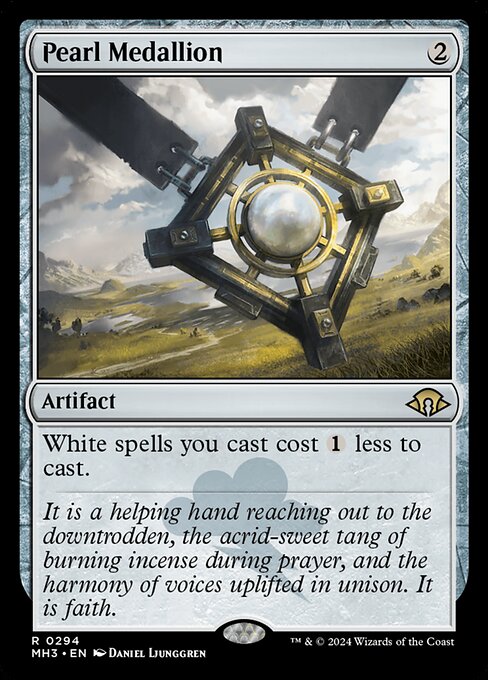
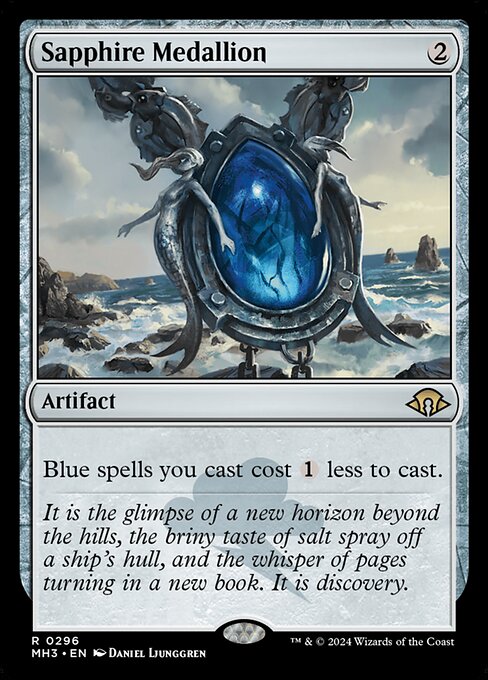
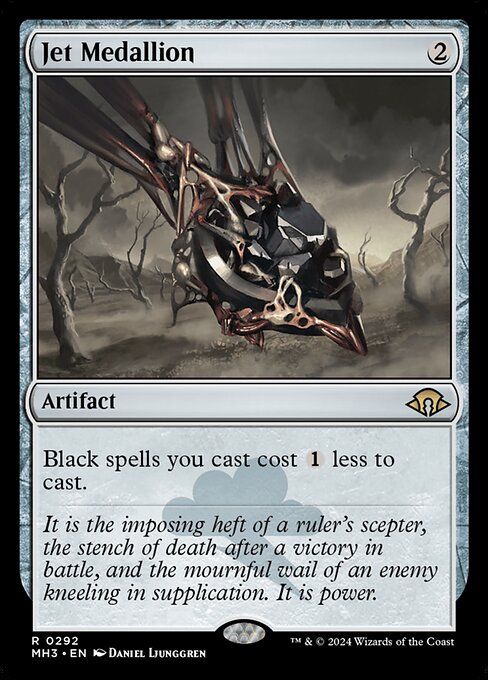
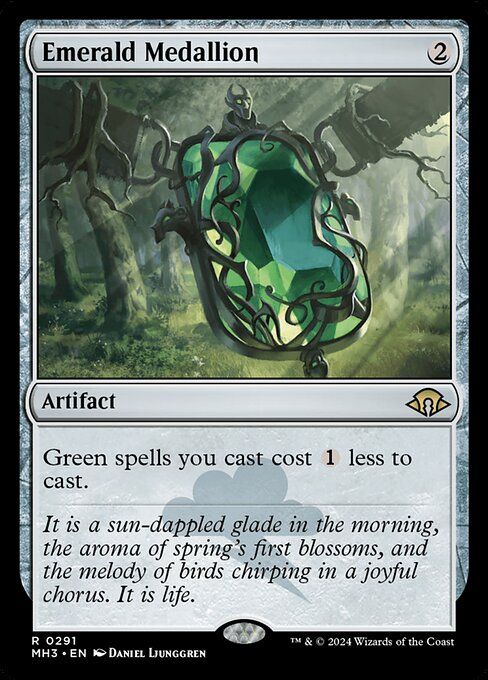
The Medallions aren’t mana rocks, but I often lump them in because they actually do more work than the average mana rock through their cost reduction effects. The ability to save you multiple mana each turn is huge in 1 and 2 color decks, and can still be impactful if a 3 color deck prioritizes one of its colors.
At 2 mana, they’re easy to play early as setup pieces for subsequent turns, especially since cards that turn off activated abilities don’t affect them. In the mid game or late game, you can make big plays even more explosive if you’re already planning to play multiple cards.
This utility often makes the Medallions welcome draws even in later turns, which is a rarity when discussing a series of cards known for diminishing impact. I consider them staples in monocolor decks at this point, and highly encourage at least 1 for most 2-color builds.
2-Mana Mana Rocks with Upside (Mind Stone, Thought Vessel, Liquimetal Torque, Prismatic Lens, etc.)

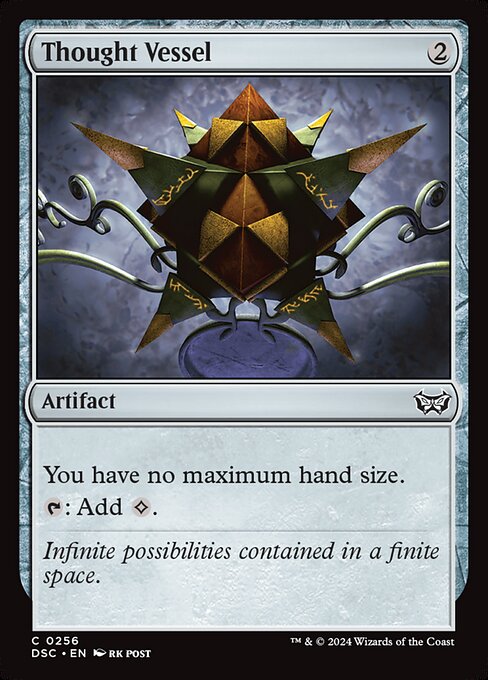
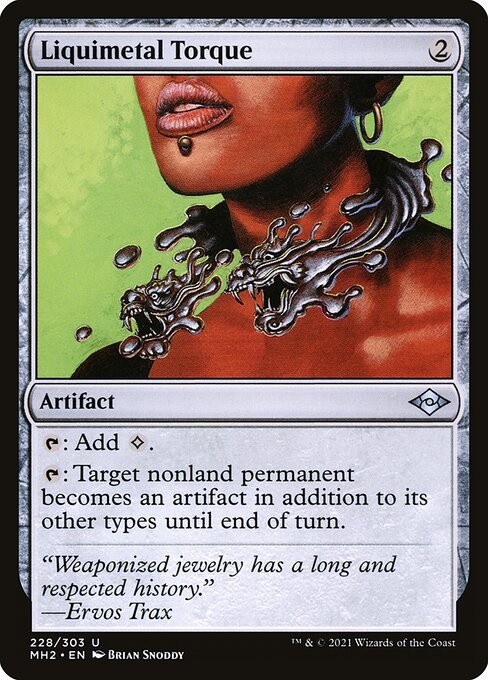
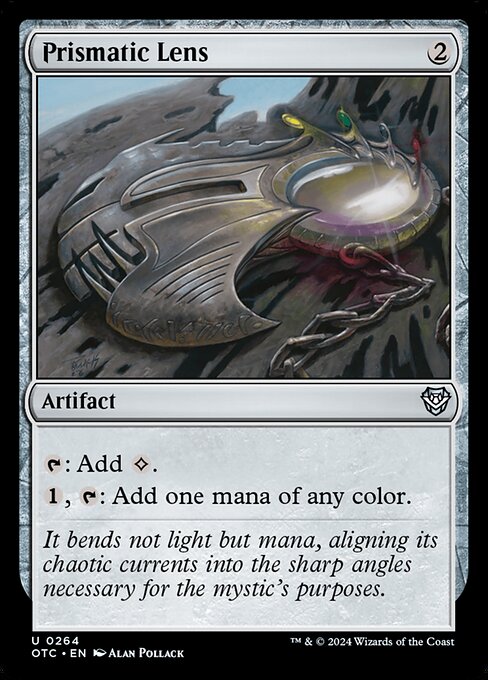
If you’re hard up for mana ramp and have filled your deck with as many of the options below as you can find, these are generally your go-to cards. It’s rare that I’ll personally feel the need to play more than 2 of these mana rocks, but for colorless or artifact-centric commanders, you’ll probably be playing most or all of them.
Mind Stone and Thought Vessel are the cream of the crop for most strategies, as snagging an extra card when you’re mana flooded or having the ability to keep all the cards you drew off of a Blue Sun’s Zenith are both relevant in many games. Liquimetal Torque also provides a tricky way to make artifact removal hit a bit harder than it otherwise might.
Fellwar Stone

Fellwar Stone‘s been around since The Dark, but I never really saw it around until Commander became popular, and even then, it took me a while to figure out why it was as good as it is (despite playing Exotic Orchard since its release in Conflux).
Traditional Commander pods are set up with 4 players, meaning you’ll usually have at least 3 manabases for Fellwar Stone to be looking at. In multicolor decks, this all but guarantees at least one color of useful mana will be generated, and if your opponent is playing lands that tap for any color like Mana Confluence or City of Brass (or even conditionally like Vivid Crag or Cavern of Souls), you’ll effectively have an extra copy of Arcane Signet.
If you’re unlucky and your opponents don’t share your colors or play lands that tap for any color, you’ll still have a 2-mana rock that is effectively tapping for colorless, which is still perfectly playable and helpful for ramping your mana.
Inexpensive mana rocks that generate colored mana are few and far between, so despite the risk of colored mana not coming through, I’d say that Fellwar Stone is almost always a better pick than a similarly costed mana rock that can only produce colorless mana, and always better than most 2-mana rocks if you’re playing 4 or more colors.
Mox Diamond

Mox Diamond is a really tough card to evaluate for Commander. In cEDH, it’s basically an auto-include, as a free mana rock that taps for any color is well worth the price of a land, especially in the popular 4 color partner builds.
In slower pods, Mox Diamond can still be extremely powerful, but your deck’s composition matters a lot more when deciding whether it’s a good inclusion. Land-centric commanders like Lord Windgrace or Borborygmos Enraged, decks with recursion effects like Ramunap Excavator, Restore, and Crucible of Worlds, artifact builds like Breya, Etherium Shaper, or decks that need to get an early game plan into play at any cost will want it.
On the flip side, decks that rely on their mana generators staying intact to build advantage over time, focus more on midgame or late game strategies, and/or have poor recursion and draw options generally don’t, as spending 2 cards on your mana rock can be too steep a cost, despite the speed Mox Diamond offers.
TL:DR – Your mileage will vary in Commander when playing Mox Diamond – assuming you’re lucky enough to have access to this expensive Reserved List card at all.
The Signet Cycle
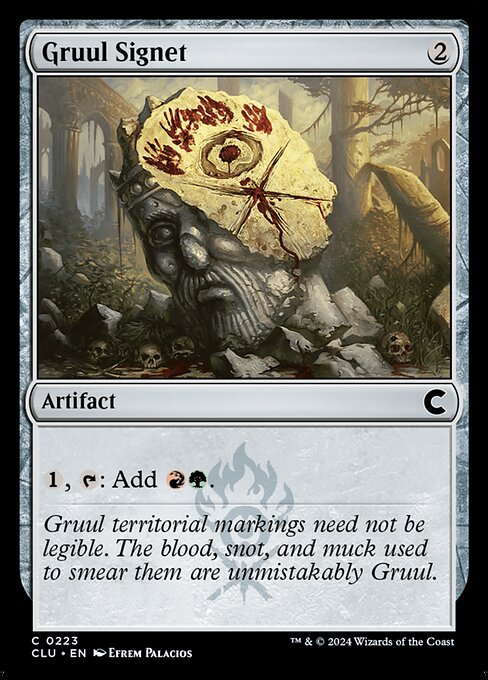



Does your deck play 2-4 colors? Do you have access to green? If you answered “yes”, then “no”, you’re a good candidate for the Ravnica signets. If you’re playing green in your multicolor deck, you may still be a good candidate, but with access to stellar mana ramp options, these aren’t auto-includes for you.
At 2 mana, the signets give you the ability to turn 1 mana into 2 colors of mana, meaning you’ll need access to at least 3 to use them immediately. Playing these on turn 2 is still perfectly fine to set up a bigger turn 3, however, as the odds of it being destroyed are usually pretty low.
Personally, I don’t like signets in decks playing 5 colors, as access to 2 colors just doesn’t offer enough color flexibility for them to be of reliable help in early setup turns. Play Fellwar Stone and Arcane Signet in those builds instead.
The Talisman Cycle
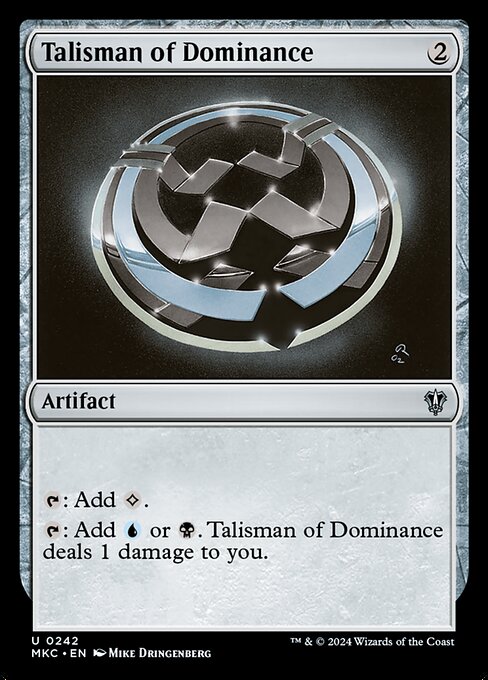

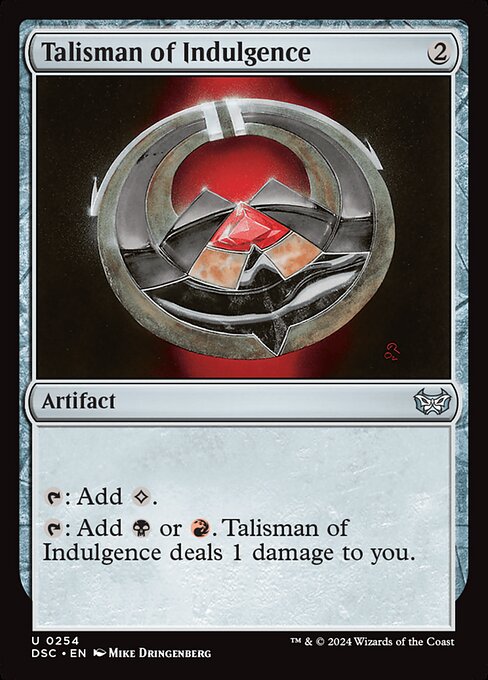
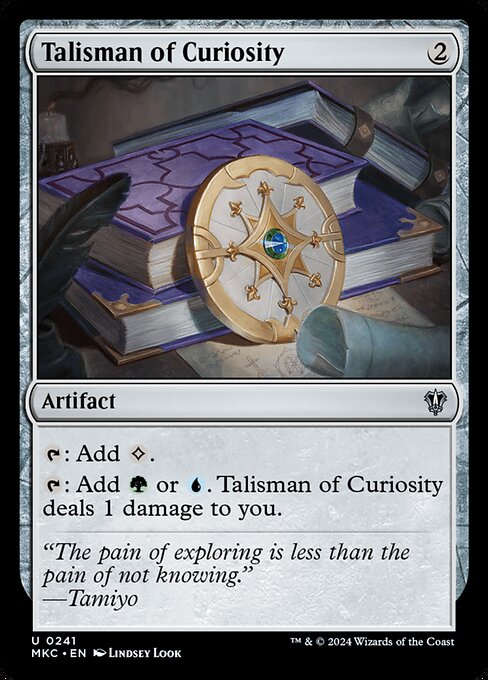
Pretty much everything I had to say about the cycle of signets applies to the talismans, but there are a couple key differences that need to be touched on as well.
First, unlike the signets, talismans can tap for their mana immediately, meaning you can use them on turn 2 of the game. This won’t often be relevant, but I’ve seen enough early turns begin with “land, Sol Ring, Talisman of Hierarchy, Serra Ascendant” to say that discounting this benefit is a tremendous error.
Second, your colored mana access from talismans comes at the cost of 1 life each time you use it. In a format where your starting life total is 40 instead of 20, this is a negligible cost early on, and as the game progresses and you get more lands into play, you usually won’t need to pay this more than a handful of times before simply generating colorless mana instead.
Arcane Signet

For many Commander decks, Arcane Signet is simply the best 2-mana rock in the game. No costs like the signets or talismans, no guesswork like Fellwar Stone, and access to any colored mana you need in a deck with 1-5 colors.
If you’re playing a colorless commander deck, Arcane Signet offers zero benefit to you, and is really the only representation of a time you wouldn’t want to play it.
Gavin Verhey has gone on record stating that this card is a design mistake because it homogenizes deckbuilding, and while I like that this card exists for single color decks (as their mana rock options are considerably more limited), I also can’t argue with the case that its ubiquity is at least a little harmful to the Commander format.
For more background on the how and why of Arcane Signet‘s design, check out the video below – it’s a great watch and very informative.
Grim Monolith
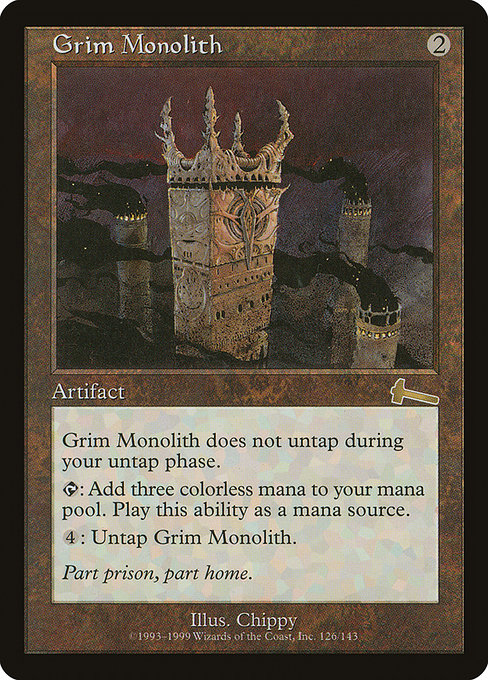
Spend 2 mana, get 3 mana immediately or turbocharge what you can do next turn. Grim Monolith simply isn’t a fair Magic card.
On the surface, it looks innocent enough. Get 1 turn of ramp, then if you want to use it again, spend 4 mana when it’s convenient to untap it for a later boost. And on its own, perhaps it would have remained innocent. Unfortunately, it had immediate access to combo pieces from the day it was released, and has really only gotten more degenerate since then.
Voltaic Key, Tezzeret the Seeker, Manifold Key, Unwinding Clock, and Clock of Omens can all help you get around the cost of untapping Grim Monolith, generating far more mana than a single activation could normally achieve alone, and cards like Power Artifact and Zirda the Dawnwaker actually create the possibility of infinite mana with it.
So to recap, if you’re playing it fairly, Grim Monolith is great. If you’re playing it unfairly, it’s downright busted.
Jeweled Lotus

There’s no denying that Arcane Signet created some hubbub on its release, but that was a footnote compared to the outcry surrounding Jeweled Lotus. A clear callback to the Power 9’s Black Lotus, the calls for its banning were sounding from every social media outlet and forum you could find from the moment it was previewed.
Is Jeweled Lotus a bridge too far though? After tempers subsided, cooler heads started playtesting and found that while an extremely powerful way to rush a commander into play, it isn’t quite the format-warping staple many of us feared.
3 mana for nothing, even if only the once, means a 4 CMC (converted mana cost) commander could hit the board on turn 1, and I’ll admit, my first thoughts went to commanders like Urza, Lord High Artificer and Hokori, Dust Drinker, and the horribly unfun, lopsided games that result from working against these obnoxious commanders from the first turn.
But what happens if you draw Jeweled Lotus on your 5th turn of the game? Or your 8th? Suddenly, it’s much less oppressive and just an extremely efficient mana accelerator. And that’s much more okay.
I’ve come around to the opinion that while this card probably shouldn’t be banned, it definitely doesn’t add anything to the Commander format by existing either. That said, I’m glad it does, because Alayna Danner did a beautiful job on the art – there’s actually a signed print hanging in my living room.
Mana Vault
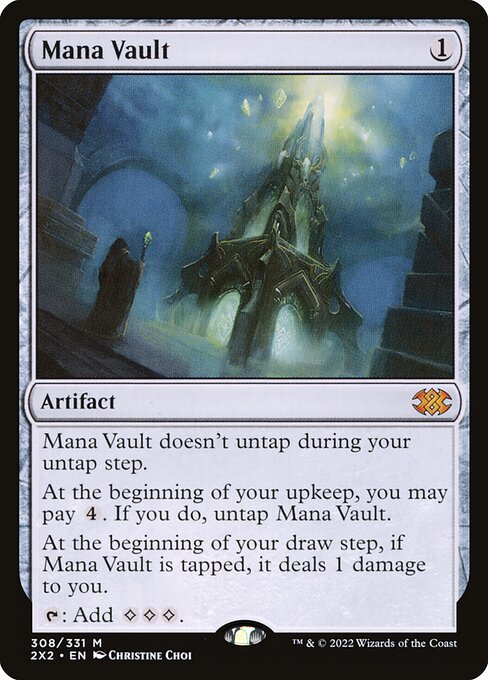
Many of the traits that make Grim Monolith an unfair magic card also apply to Mana Vault. If your deck is already dedicated to finding ways to abuse artifacts by repeatedly untapping them, this mana rock will generate absolutely silly amounts of mana for relatively little investment.
The difference in cost between 1 mana and 2 is really what propels Mana Vault above and beyond Grim Monolith. Having access to 5 mana on turn 2 allows you to do some very powerful things like setting up an early Seedborn Muse, play Jhoira of the Ghitu and immediately suspend something, or even rush out an Ad Nauseam to load your hand up with other cheap mana rocks and spells.
I also really like including this card in decks that play Trinket Mage, as having access to a mana boost in your toolbox is almost always worth it, especially if you find yourself wanting to push for the midgame a little faster.
Chrome Mox

I am genuinely surprised by how often this card is overlooked by Commander players. Unlike Mox Diamond, which competes against the mana generation of your lands in the interest of speed, Chrome Mox lets you sacrifice a nonartifact, nonland card in your hand for that same speed, allowing you to keep all your lands for building up mana.
And let’s face it, is that 6-drop in your hand reeeeeeally all that important when its sacrifice could be powering out your 3 and 4-drops?
Of course it isn’t.
Yes, hitting yourself with a 2-for-1 can be a bit risky, especially if you’re in a pod with ample artifact removal. That said, I’ve found the risk is almost always worth it across the variety of Commander decks I’ve built over the years, as the ability to establish yourself early can deliver returns far greater than the sacrifice of an early card in your hand.
Some examples of these returns can be as simple as powering out other mana rocks/ramp, as straightforward as getting your commander out a turn early, or as impactful as making a big value play before your opponents have the mana to counter or destroy it.
All of these are good plays in their own right, but getting to enact them a turn early also gives you a far greater chance of setting the pace for the game, which can do wonders for disrupting your opponents and opening up avenues for victory.
Sol Ring

Spend 1 mana, get 2 immediately and for each turn it’s out thereafter. No costs, no drawbacks, fetchable by artifact tutors like Trinket Mage and Fabricate, and in every Commander precon from their inception to the end of time.
Card’s busted. Goes in literally every deck. Should it be banned? Probably. We as the players have elected to treat it the same way as Brainstorm in Legacy, however. We know it’s an unhealthy cornerstone of the format, but Commander just wouldn’t be Commander without Sol Ring, so any discussion of banning it is immediately dismissed as nonsense and we move on to discussing hated cards like Cyclonic Rift.
Mana Crypt

There will be plenty of people who don’t agree with me on this, but I believe Mana Crypt is simply better than Sol Ring, despite the potential drawback.
2 mana, for free, on every turn, even with a 50/50 chance of it dealing 3 damage to you on your upkeeps, is completely unfair. Need to play it on your first turn to ramp out mana rocks? Mana Crypt‘s got your back. Want to hold it back so you can surprise the table by ramping from 3 mana to 6? That’s valid too. Want to repeatedly untap it for value alongside Mana Vault and Grim Monolith? Mana Crypt stands in really well.
Like Sol Ring, Mana Crypt simply goes in every Commander deck, without exception. The only reason you don’t see it as often is the extremely high price tag. Yes, it sucks having to look for artifact removal when your own Mana Crypt is threatening to kill you, but sometimes them’s the breaks – the upside is just that good.
How Many Mana Rocks Go in a Commander Deck?
When dealing with mana rocks that cost 2 mana or less, I personally treat them as replacements for half a land. Sometimes, depending on how a deck plays, I allow Sol Ring and Mana Crypt to replace a full land due to their low CMC, lack of restrictions and additional costs, and immediate payoff, but usually a deck needs to reliably access them through card draw or inexpensive tutors for me to do that.
Since mana rocks are usually used as “faster” lands, you can play as many as you like. The drawback to doing so is that mana rocks are, at their core, artifacts, so you need to be able to resiliently recover when they are inevitably destroyed by board wipes like Cleansing Nova.
Ultimately, it may take some playtesting to find the right number as well – don’t be afraid to make adjustments as you get the feel for how a deck operates after a few games – tuning is a normal and healthy part of deckbuilding, and this answer won’t be the same for everyone due to the wide array of decks and playstyles that are out there.
Finally, if you need to play mana rocks that cost 3 or more due to budget, card accessibility, or for specific strategies, don’t treat these as replacements for your lands at all. Mana rocks like Coalition Relic and Thran Dynamo can do heavy lifting in the midgame, and Ashnod’s Altar and Phrexian Altar efficiently generate a ton of mana, but they’re too slow to fill the role of a land and/or better marked as combo pieces.
Other MTG Articles You Might Enjoy
- MTG’s Best Dual Lands for Commander
- Spelltable Setup Guide
- Should Cyclonic Rift be Banned in Commander?
- MTG’s Best Green Mana Ramp Cards for Commander
Braden is a founder of Assorted Meeples and has been a gamer & writer with a vivid imagination all his life. Don’t believe us? Check out his excitement when meeting Goosebumps author R.L. Stine as a kid! An avid Magic: The Gathering spellslinger for over 15 years, you can always convince him to shuffle up for a game (or three!) of Commander.
